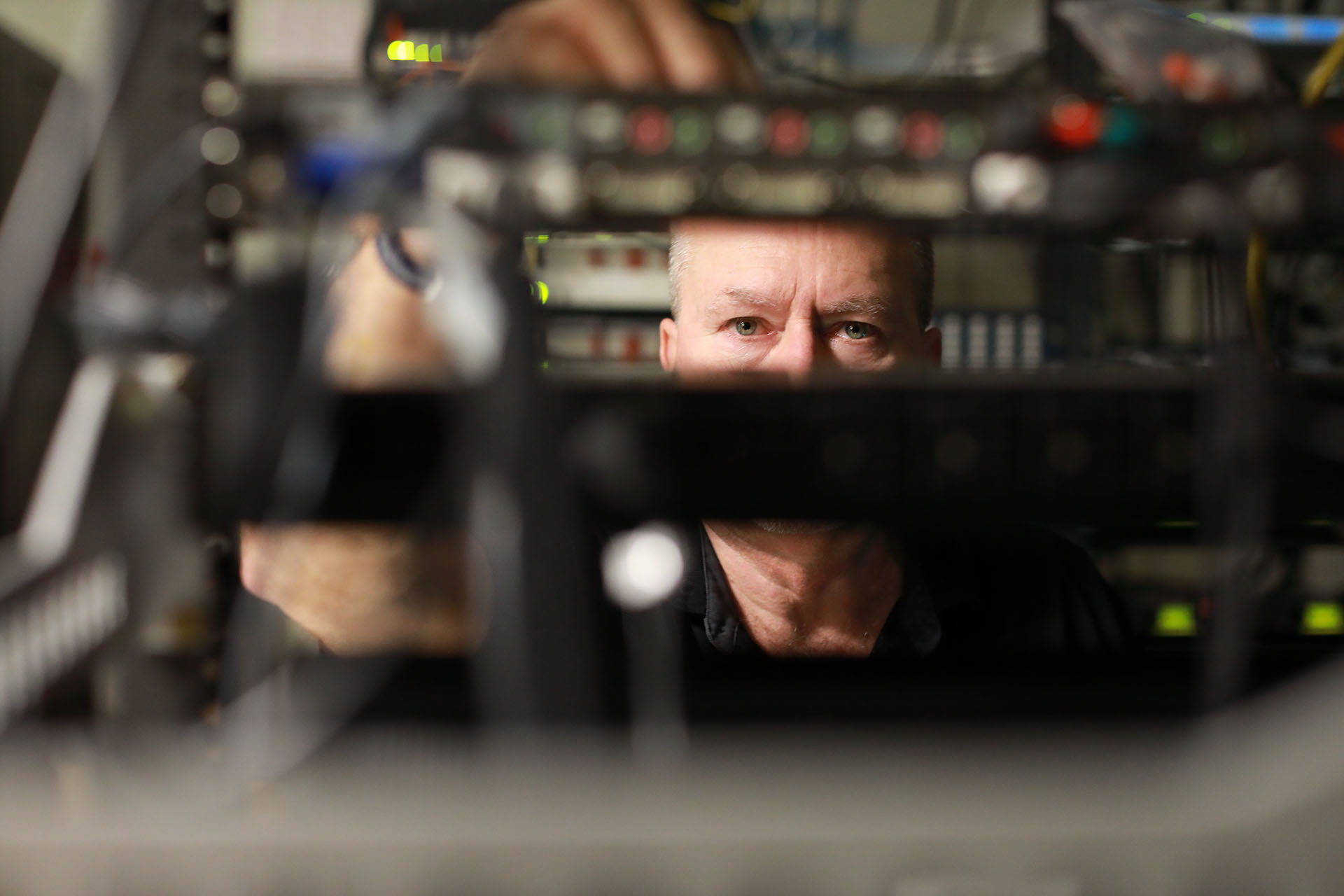 For almost every industry, the ability to provide consistent, reliable connection among staff, customers, clients, and all stakeholders is essential. But questions can arise when it comes to what technology, such as wireless broadband and fiber connectivity, is truly needed. Here we’ll explore the most cited features of both.
For almost every industry, the ability to provide consistent, reliable connection among staff, customers, clients, and all stakeholders is essential. But questions can arise when it comes to what technology, such as wireless broadband and fiber connectivity, is truly needed. Here we’ll explore the most cited features of both.
What Do Wireless Broadband and Fiber Connectivity Mean?
In its simplest terms, wireless broadband is high-speed Internet and data service. It is delivered through a local area network (WLAN) or a wide area network (WWAN) and is transmitted over radio waves. It allows for the transmission of data between two fixed points.
Wireless broadband can be either fixed or mobile. Fixed wireless broadband includes the wireless Internet found in permanent locations, such as homes and offices. A mobile broadband service works through devices such as portable modems and mobile phones and is typically accessed in temporary locations such coffee shops or airports. Because mobile broadband provides connectivity through a mobile phone infrastructure, a clear of line of sight to an antenna is not needed.
Fiber connectivity also transmits data between two points, but it does so through tiny strands of transparent material such as glass or plastic. Both wireless broadband and fiber connectivity offer advantages over basic copper wire connections in that transmission can be faster, and there is less signal loss and less electromagnetic interference.
Still there are key differences between the two technologies.
Wireless broadband is often advertised as being 4G, or fourth generation, which is essentially the fastest version of wireless technology. This means improved upload and download speeds of 200 to 500 Mbps. This is comparable to the speeds achievable by fiber connectivity, which can range from 150 to 500 Mbps. But because wireless broadband operates on radio frequencies, weather can affect bandwidth, and the amount of data you can personally use may be capped by internet service providers. On the other hand, fiber connectivity service has greater bandwidth thanks to its single-mode fiber.
Fiber connectivity can also offer greater reliability. Both wireless broadband and fiber connectivity require a significant infrastructure, however, fiber optic cables can convey clear signals over greater distances. With wireless communication, the signal diminishes as it travels from the broadcast point.
While fiber connectivity may be advantageous in this area, it can also be more expensive than wireless broadband to implement.
Which One Is Right for You?
Regardless of your industry, one communications solution is not better than the other. Both are used across the board, whether for hospitality, education, manufacturing, or public safety. The determining factor in what to choose is based on the need for your application:
For small bandwidth connectivity (1Gb or less) over a short distance, or for small bandwidth connectivity (2Gb) over a long distance, wireless microwave may be a good option. There is an upfront expense, but it can pay for itself over a short period of time.
For large bandwidth connectivity (40Gb) over a short distance, wireless millimeter wave is an option. Again, there is an upfront expense that can be recouped in a short time.
For large bandwidth connectivity (100Gb) for a short distance, fiber connectivity is effective. This can be more expensive because of upfront and recurring costs associated with it.
Get Started
Wireless broadband and fiber connectivity join copper wiring as effective ways to connect people and enhance communication. Learn more about choosing the right technology for your organization and how to keep communications equipment secure.
.


